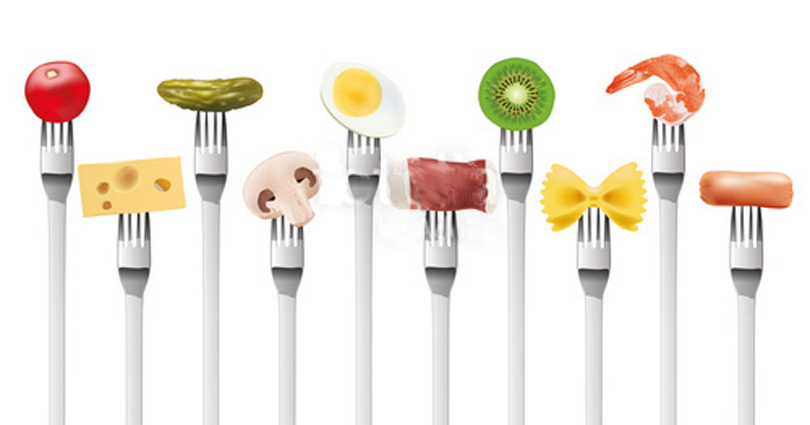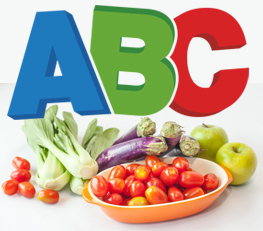(16-05-2018) A powerful antioxidant and anti-inflammatory, shallots are full of flavonols that fight disease
(Natural News) If you’re looking fora natural antioxidant or anti-inflammatory, consider the versatile shallot.
The shallot (Allium cepavar.aggregatum, syn.A. ascalonicum, Amaryllidaceae) is a type of common onion (A. cepa). Shallots are locally grown in central Asian countries such as Afghanistan, Pakistan, and China. As international trade expanded, shallots eventually spread throughout Europe.
The flavonols in shallots
Shallots have the highest amount of total flavonols among onion varieties. Flavonols help minimize systemic inflammation and cellular oxidation.
Several bioactive components have been studied in vitro to determine any protective effects against chronic diseases like cancer and diabetes. Quercetin is a flavonol that is reportedly more bioavailable from the dry skin of shallots rather than the flesh, mainly in the form of quercetin glycosides. It is one of several phenolic compounds in various fruits and vegetables that have biological activities.
When metabolized, quercetin forms metabolites that are not as biologically potent as quercetin glycosides. However, these metabolites still have some anti-inflammatory properties.
Quercetin also “inhibits the expression of adhesion molecules on the surface of endothelial cells.†When these effects are reduced along with the damage due to oxidative stress, flavonols can function as anti-inflammatory agents that can help lower the risk for inflammatory-related diseases like certain types of cancer, CVD, and diabetes. (Related: Shallots lower risk for cancer, diabetes, and osteoporosis.)
Get CLEAN FOOD and help support our mission to keep you informed: TheHealth Ranger Storelab verifies everything we sell with accredited testing for heavy metals, microbiology and food safety. Certified organic facility, ISO-accredited on-site laboratory, no GMOs or synthetic ingredients. The world's #1 source of lab-verified clean foods and superfoods for nutritional healing. 600+ products available.Explore now.
Consuming fruits and vegetables with flavonoids is linked with at an estimated 50 percent decrease in mortality from CVD compared to consuming low amounts. When quercetin is metabolized by the human body, it keeps its ability to function as an anti-inflammatory agent.
Meanwhile, antioxidants are bioactive compounds that can minimize free radical damage to lipids and DNA. Flavonols are found to have potent antioxidant properties.
Shallots and otherAlliumcrops are also rich in organosulfides, the sulfur-containing phytonutrients that are metabolized by the enzyme alliinase when the plant tissue is ruptured (e.g. such as from cooking, chewing, or crushing). These compounds giveAlliumplants their unique flavor and pungency.
Shallots are also full of isoliquiritigenin, a flavonoid that is highly bioavailable.
In addition, shallots and otherAlliumvegetables can help reduce the risk for gastric cancer. Consuming at least 20 g ofAlliumvegetables daily, or at least the weight of one garlic bulb can help lower the incidence of gastric cancer in people compared to those who consumed lower amounts. Alliumvegetables in general can help reduce the risk of various forms of cancer.
Shallots have also been studied for their hypoglycemic activity. For a mouse study, juiced shallot bulbs were given orally to mice to test their effect on blood glucose levels. The results revealed that the blood glucose levels of mice treated with shallot bulb juice were at least 13.3 percent lower compared to an increase of 1.57 percent in the control group following the 15-day study period.
Add shallots to your diet today to enjoy its various health benefits.
Fast facts on shallots and onions
The common onion isA. cepa.
The common shallot isA. ascalonicum.
Like garlic, shallots grow in a cluster of bulbs from a single planted bulb.
Onions grow as a single big bulb per plant.
Shallots are much smaller than onions.
Onions are almost disc-shaped bulbs.
Shallots look like elongated onions.
While the shallot tastes similar to an onion, the former has a milder and sweeter flavor.
Unlike onions, shallots may have a hint of garlic flavor.
Onions are harder to grow than shallots.
You can read more articles about shallots and other beneficial vegetables atVeggie.news.
Sources include:
CMS.HerbalGram.org
DifferenceBetween.net
News
In evidenza
 "L'informazione presente nel sito serve a migliorare, e non a sostituire, il rapporto medico-paziente."
"L'informazione presente nel sito serve a migliorare, e non a sostituire, il rapporto medico-paziente."
Per coloro che hanno problemi di salute si consiglia di consultare sempre il proprio medico curante.

Informazioni utili
-
Ricette a zona
-
Tabelle nutrizionali
-
Tabella composizione corporea
-
ABC della nutrizione






